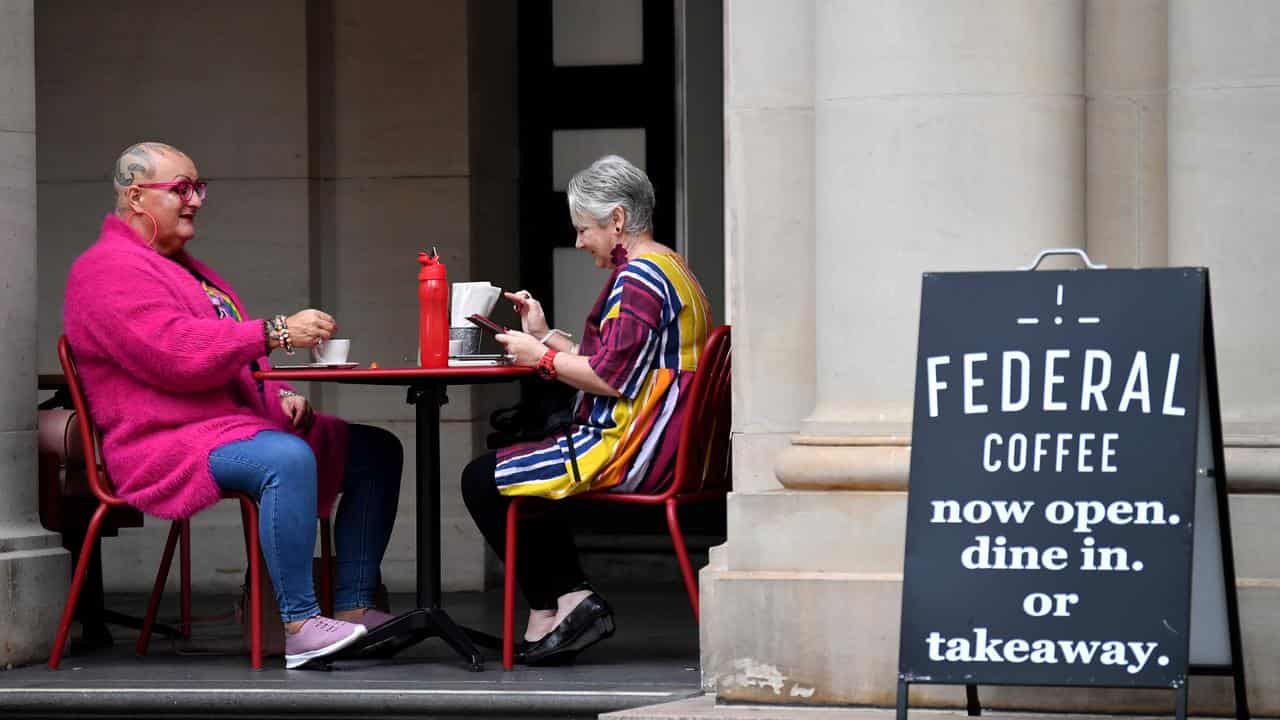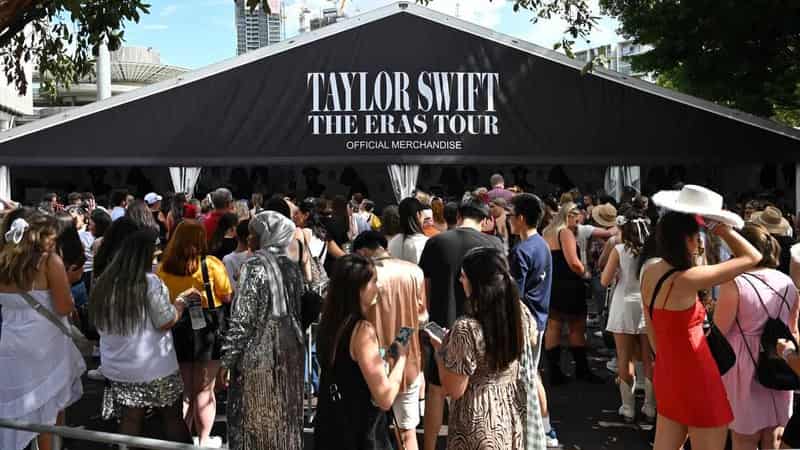
Australian consumers continue to funnel their cash into one-off events such as Taylor Swift concerts while scrimping elsewhere.
Retail sales were up a lacklustre 0.3 per cent in February, with the Eras tour boosting spending on clothing, merchandise, accessories and dining out while sales contracted across other categories.
The result was below the consensus forecast of a 0.4 per cent lift and underlying growth was up only 0.1 per cent in trend terms.
AMP economists Diana Mousina and My Bui said the data signalled softness in the retail sector that has continued into 2024.

"While one-off events like sport or concerts can cause a temporary rise in retail spending, it isn’t strong enough to offset the broader pressures on the consumer of high interest rates, elevated - albeit slowing - inflation and the increasing tax burden from bracket creep," they wrote in a note.
Together with below-expectations inflation data for February, AMP believes the economic backdrop is consistent with the RBA shifting to a more neutral stance on future interest rate movements and starting cuts mid-year.
Clothing, footwear and personal accessory retailing lifted 4.2 per cent and department stores grew 2.3 per cent in February, with cafes, restaurants and takeaway food services up a more modest 0.5 per cent based on the bureau's release.
But household goods fell 0.8 per cent, "other" retailing was down 0.4 per cent and food sales sunk 0.1 per cent.
In another sign of an economy losing steam in response to higher interest rates and above-target inflation, job vacancies recorded a more convincing fall in the three months to February.
After a modest 0.8 per cent decline in the three months to November, the bureau recorded a 6.1 per cent fall through to February.
National Australia Bank economist Taylor Nugent said the job vacancy data lined up with other indicators that showed labour demand gradually coming off its peak in mid-2022.

And while open roles were down 24 per cent from those highs, they were still sitting 60 per cent above pre-pandemic levels and there was still 1.5 unemployed people for every vacant job.
The vacancy data follows a strong set of labour force data last week that showed the jobless rate sinking back to 3.7 per cent from 4.1 per cent, although much of the heat in the release was attributed to changing seasonal patterns.
"While the labour market remains tight and labour demand remains at reasonably strong levels, they have moderated from earlier peaks," Mr Nugent concluded.
Despite evidence of a cooling economy, the nation's household wealth rose for the fifth quarter in a row in December, lifting another 2.8 per cent to a total of $15.7 trillion.
The ABS attributed much of the boost to residential land and dwelling as house prices rose steadily, as well as improvements in domestic and overseas share markets.









